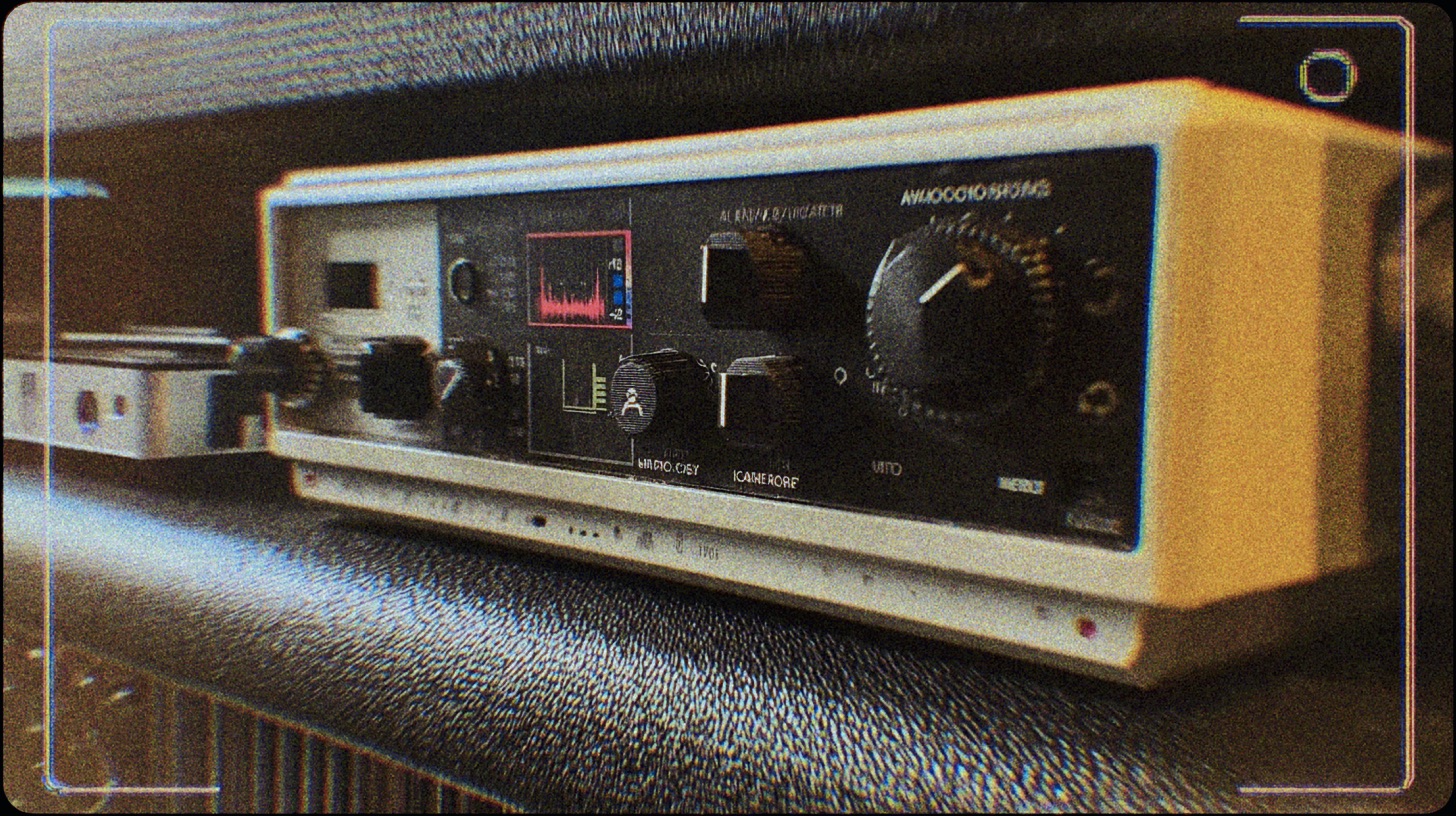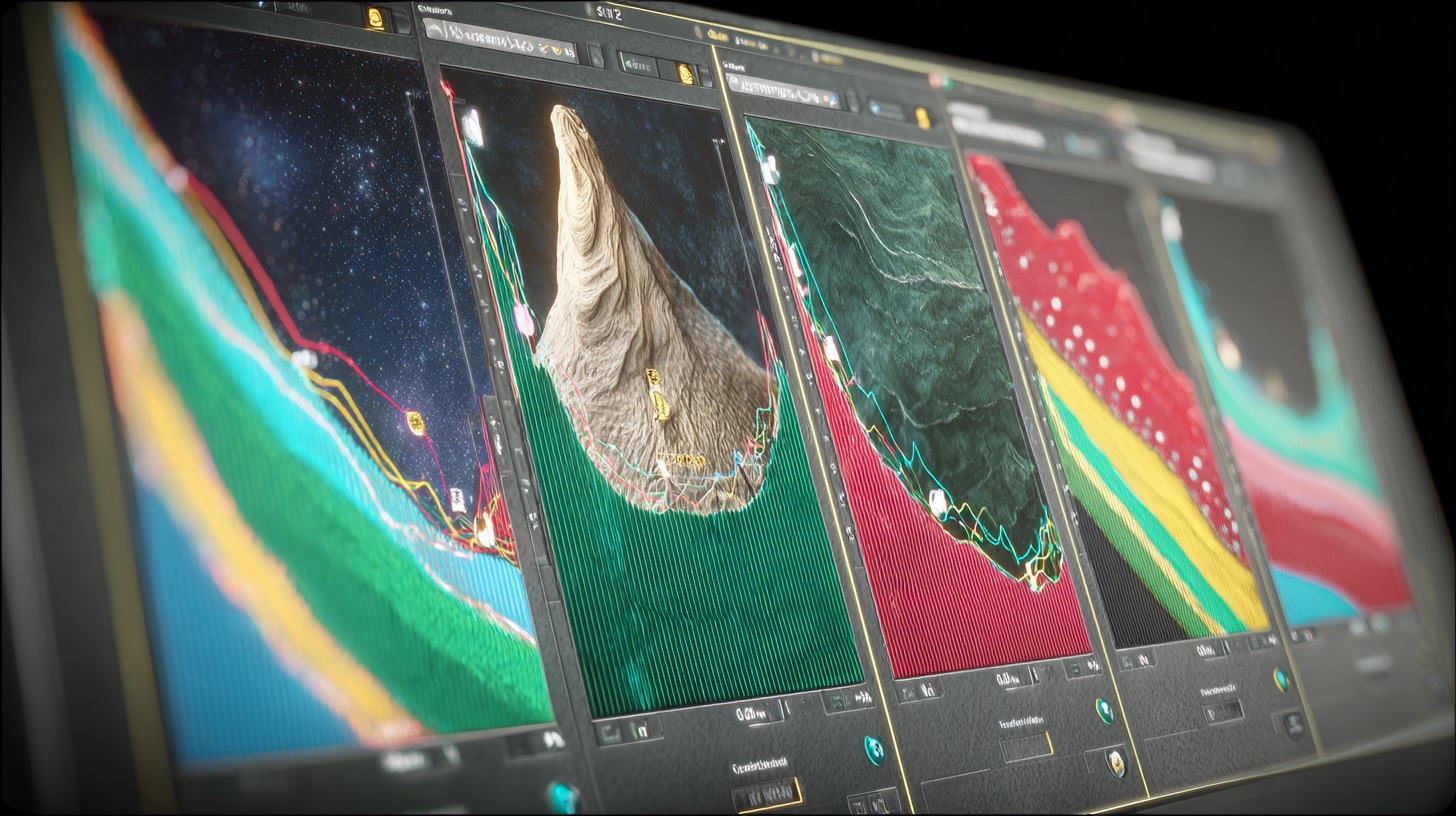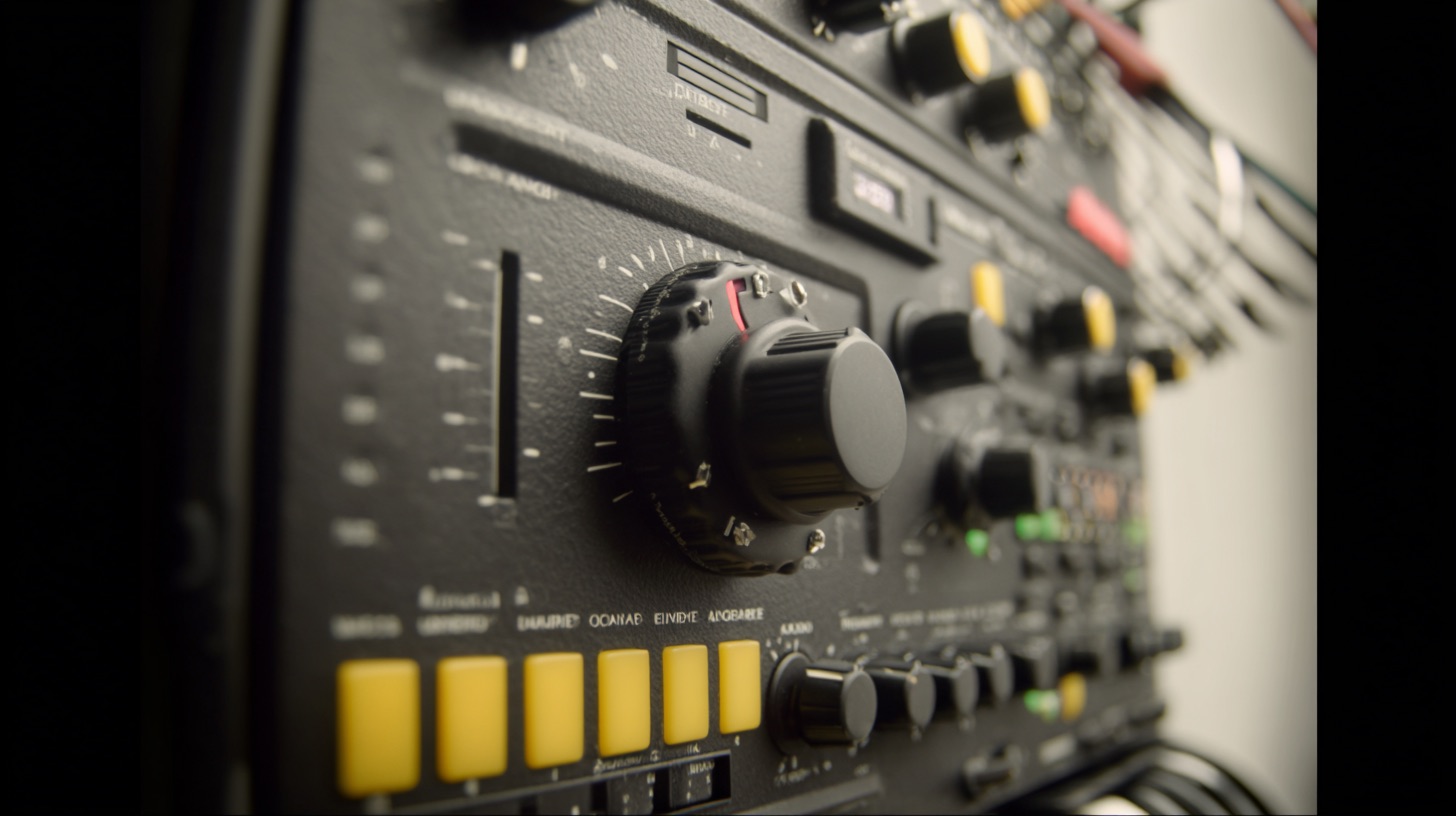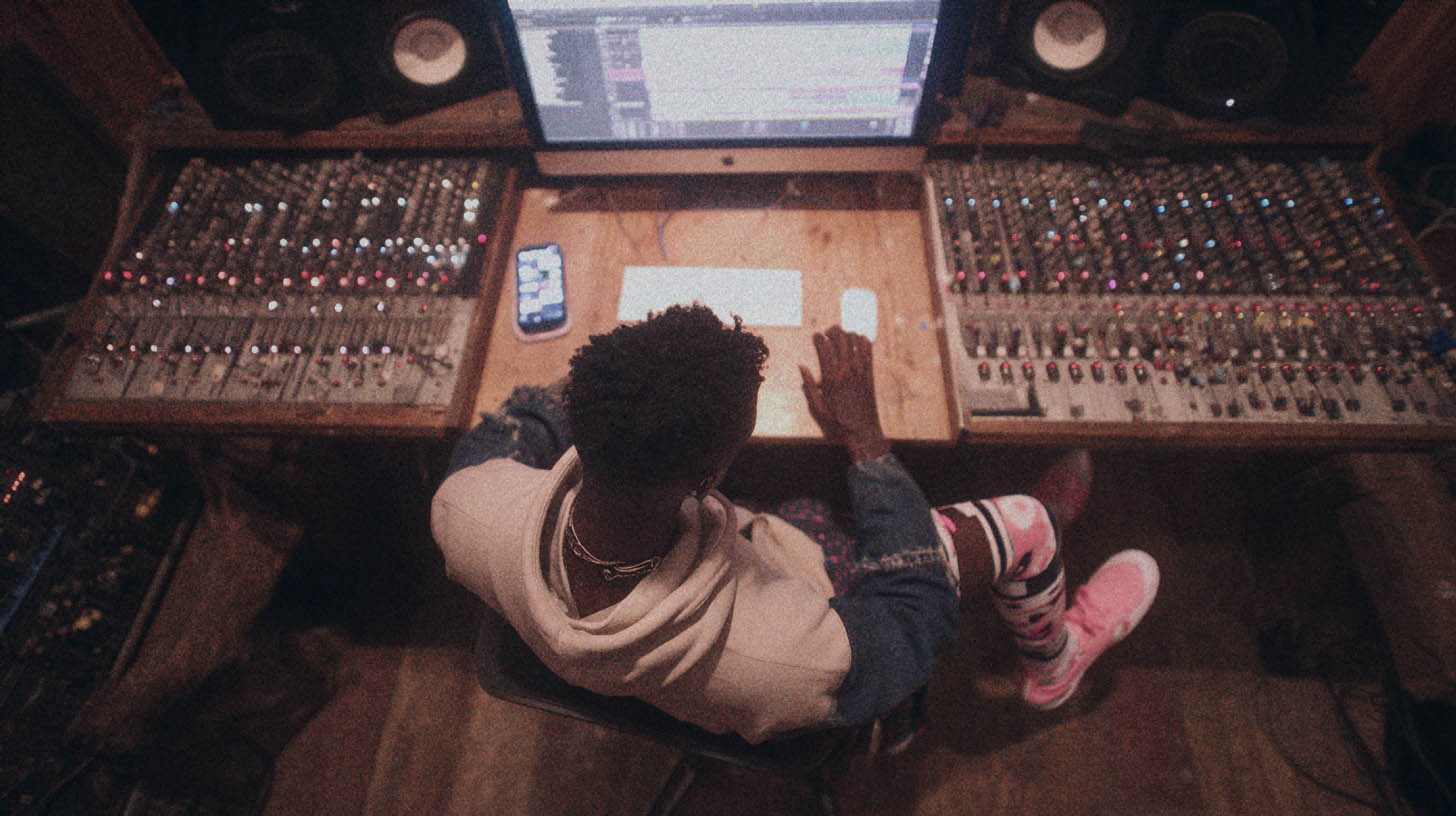
The Contortionist’s Guide to Layering Aggressive Screaming Vocals
Nail The Mix Staff
Let’s be real—screaming vocals are more than just noise. In a dense metal mix, they are a powerful, dynamic instrument. When used correctly, they can add texture, build intensity, and provide the aggressive punch that makes a track hit hard. But how do you go from a raw scream to a massive, polished vocal that sits perfectly in the mix?
We got some killer insights from Michael Lessard of The Contortionist, who showed us a brilliant approach to building huge vocal layers. What’s cool is that he demonstrated this on a song that didn’t originally have any screams, proving just how versatile this technique is for adding a new dimension of heaviness to a track, especially for a big climax. Let’s break down his step-by-step process for layering screams.
Beyond the Basics: Understanding Vocal Ranges
Before you even hit record, it’s good to know your toolkit—including the right microphone. Screaming isn’t a one-size-fits-all thing. It generally falls into a few categories:
- Low Screams: Guttural, deep, and powerful. Great for adding weight and low-end aggression.
- Mid Screams: The workhorse of metal vocals. They have body and a natural aggression that sits well in a mix.
- High Screams: Shrill and cutting. Perfect for adding bite, though you’ll often need a de-esser to tame any harshness.
There’s also a fourth category: yelling. This style lives in the space between singing and screaming and often carries more of a discernible pitch, making it a great option for more melodic, aggressive parts. Knowing what kind of scream fits the energy of the part is the first step.
Building the Foundation: Mid-Range Screams for Body and Width
In his session, Michael decided the perfect spot for some extra vocal intensity was the song’s final, climactic chorus. Even if a song is primarily clean, adding screams to the last chorus can create an unforgettable peak.
The First Pass: Experiment and Find the Right Register
Michael’s first instinct was to try a low scream, but after a quick test run, he felt it didn’t quite fit the vibe of the part. This is a crucial lesson: don’t be afraid to experiment and discard ideas that don’t work. Your first instinct isn’t always the right one, and having a deep well of techniques to pull from is invaluable.
He quickly pivoted to a mid-range scream, which immediately sounded more at home and provided the right kind of energy for the track.
The Double-Tracking and Panning Trick
A single scream track is good, but two are often better. To create a massive, wide vocal sound, Michael used a classic studio technique:
- Record a second take: He created a new audio track and recorded a second, unique performance of the same mid-range scream. It’s important that this is a true double, not just a copy-paste, as the subtle variations are what create the thickness.
- Pan them hard left and right: In his DAW, he panned one mid-scream track all the way to the left and the other all the way to the right.
This technique instantly creates a wide, larger-than-life stereo image. Rather than a single vocal coming from the center, you get a wall of sound that envelops the listener. After panning, he tucked the volume of these screams down in the mix, using them as a powerful texture layer rather than a lead vocal.
Cutting Through the Mix: Adding High Scream Layers
The mid-range screams add awesome body and width, but what if you need more cut and character? Michael’s solution isn’t to just turn the mids up—it’s to add more layers in a different frequency range.
Why Add Another Layer?
By adding high screams on top of the mids, you add a new tonal characteristic that helps the vocals slice through a busy mix. This gives a mix engineer more to work with than just one mono scream track. The high screams provide that aggressive “fizz” and presence (often enhanced with smart saturation) without making the mids sound harsh or over-processed.
Stacking and Panning the Highs
The process here is identical to the one used for the mids:
- Record two takes of a high scream.
- Pan one take hard left and the other hard right.
Now you have a quad-tracked vocal stack: a pair of wide mids providing the body and a pair of wide highs providing the cut. When blended together, they can sound like one incredibly complex and massive scream, much like you hear on The Contortionist’s records.
Blending It All Together for Maximum Impact
With four tracks of screaming vocals recorded (two mids, two highs), Michael did a quick blend to get a rough idea of how they would sit together. This is where the real magic starts to happen and where a mix engineer can truly shine.
Using a combination of leveling, powerful compression to glue the layers together, and surgical EQ (our vocal EQ cheat sheet is a great starting point), you can shape these four distinct tracks into one cohesive weapon. You can blend them tightly so they sound like a single performance, or you can leave a little separation to hear the distinct textures of the different registers.
This approach gives you a ton of flexibility and control in the final mix.
Take Your Mixes to the Next Level
This inside look at Michael Lessard’s vocal layering technique is a perfect example of the pro-level thinking you can apply to your own productions. Starting with deliberate layering and panning gives you a much better raw track to work with than a single, centered scream ever could.
These are the kinds of tricks that separate amateur-sounding mixes from professional ones. Imagine getting to watch the full process, not just for vocals, but for drums, bass, and guitars. With Nail The Mix, you can.
The Contortionist on Nail The Mix
Jamie King mixes "Return To Earth"
Get the Session
Every month, you get the actual multi-tracks from bands like The Contortionist and watch the original producer mix the song from scratch, explaining every single move. You can see exactly how they apply these concepts in a real session.
Ready to see how the whole track comes together? Check out the full mixing session for The Contortionist on Nail The Mix.
If you’re ready to stop guessing and learn the techniques that the pros use to craft incredible metal mixes, it’s time to join the Nail The Mix community. And if you want to dive even deeper, grab our free guide on how to mix modern metal beyond presets to get more actionable tips today.
Get a new set of multi-tracks every month from a world-class artist, a livestream with the producer who mixed it, 100+ tutorials, our exclusive plugins and more
Get Started for $1






